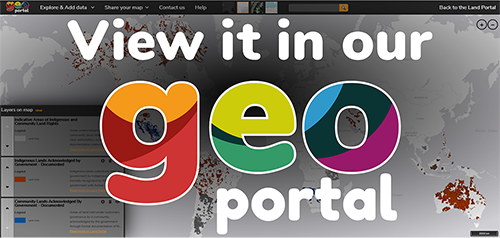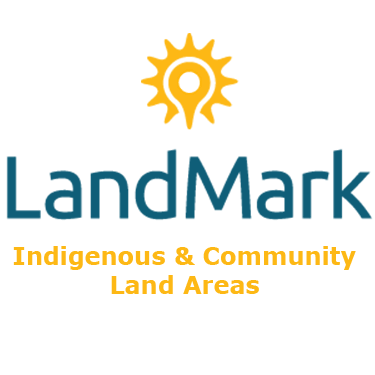Breadcrumb
- Controlled Vocabularies and Taxonomies developed by the Land Portal
- Indigenous Lands Acknowledged by Government - Not Documented
Indigenous lands or territories refer to the collectively-held and governed lands (and natural resources) of Indigenous Peoples. As with other community lands, some indigenous lands may be allocated with group consent for use by individuals and families. Other indigenous land is managed as common property. In some cases, indigenous land is held by individuals or families (e.g., New Zealand). Traditional indigenous territories are estimated to encompass up to 22 percent of the world’s land surface (Nakashima, et al. 2012).
"Acknowledged by government" refers to indigenous or community land that is recognized in law as owned or formally set aside for Indigenous Peoples or community occupation and use.
"Not documented" means that the Indigenous Peoples or community are recognized by government but do not hold formal documentation for various reasons, which could include situations where:
1) they are in the process of obtaining formal documentation and the process is not complete;
2) there is a lack of funding, political will or other circumstances such that the documentation process has not been initiated;
3) the national law recognizes indigenous and community land without formal documentation (although some Indigenous Peoples and communities obtain formal documentation to double-lock their land rights; in this case the land is categorized as titled);
4) there is no legal provision for documentation, and registrable title may only be obtained by surrendering the customary right in favour of issue of a statutory title such as leasehold or freehold.
See Community Level Data and Methods page on the LandMark website for more information.
View this data on the Land Portal's Geoportal!
LandMark source: Various. See the attribute box associated with each spatial entity to identify its data source and contributor. For an overview of data sources and providers per country, see the Data Providers page.
Frequency: Data are updated periodically as acquired, reviewed, and standardized.
Caution: LandMark aims to display the best-quality data available from reputable organizations and recognized experts, but does not endorse or verify the accuracy of any dataset. The platform includes maps and data on indigenous and community lands that are publicly available as well as information voluntarily contributed by individuals and organizations with their permission as detailed in a data-sharing agreement. The contributing individuals and organizations, which are documented in the Data Providers page, are responsible for their data. Users are encouraged to report any errors, omissions, or inconsistencies to the LandMark Operations Team (info@landmarkmap.org) and the appropriate data provider. Amendments will be made on a periodic basis. For more information, see Data Quality standards.
Creative Commons Attribution
This license lets others distribute, remix, tweak, and build upon your work, even commercially, as long as they credit you for the original creation. Recommended for maximum dissemination and use of licensed materials.
Platform may be cited as: LandMark. 2017. LandMark: The Global Platform of Indigenous and Community Lands. Available at: http://www.landmarkmap.org/. To cite data sources for individual countries or other areas, see the Data Providers page or attribute box associated with each spatial entity.


